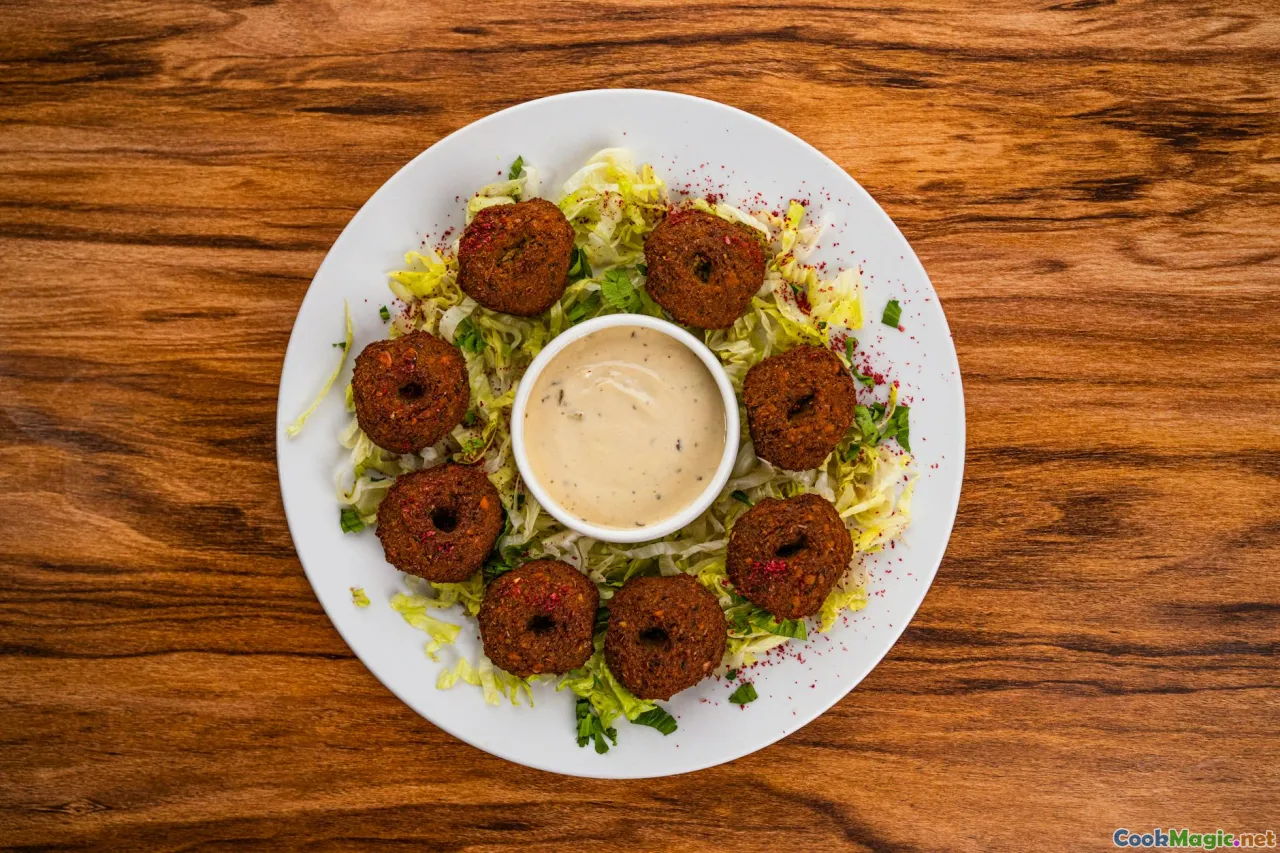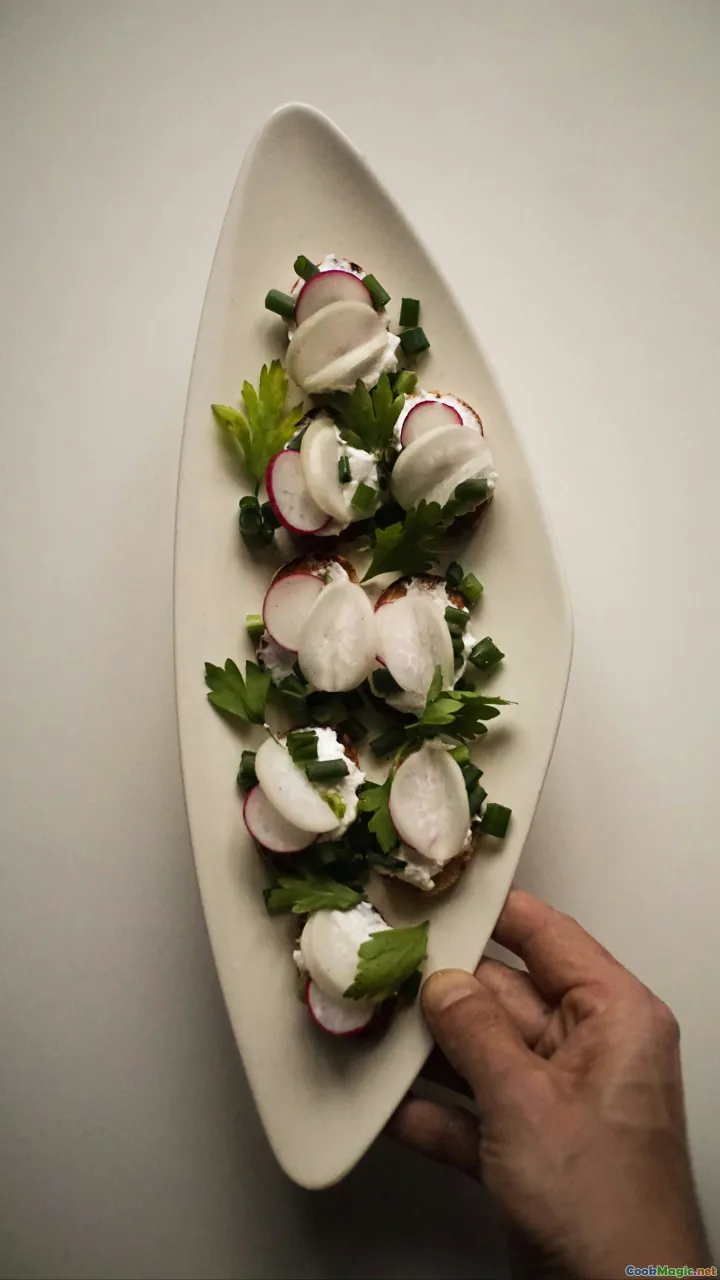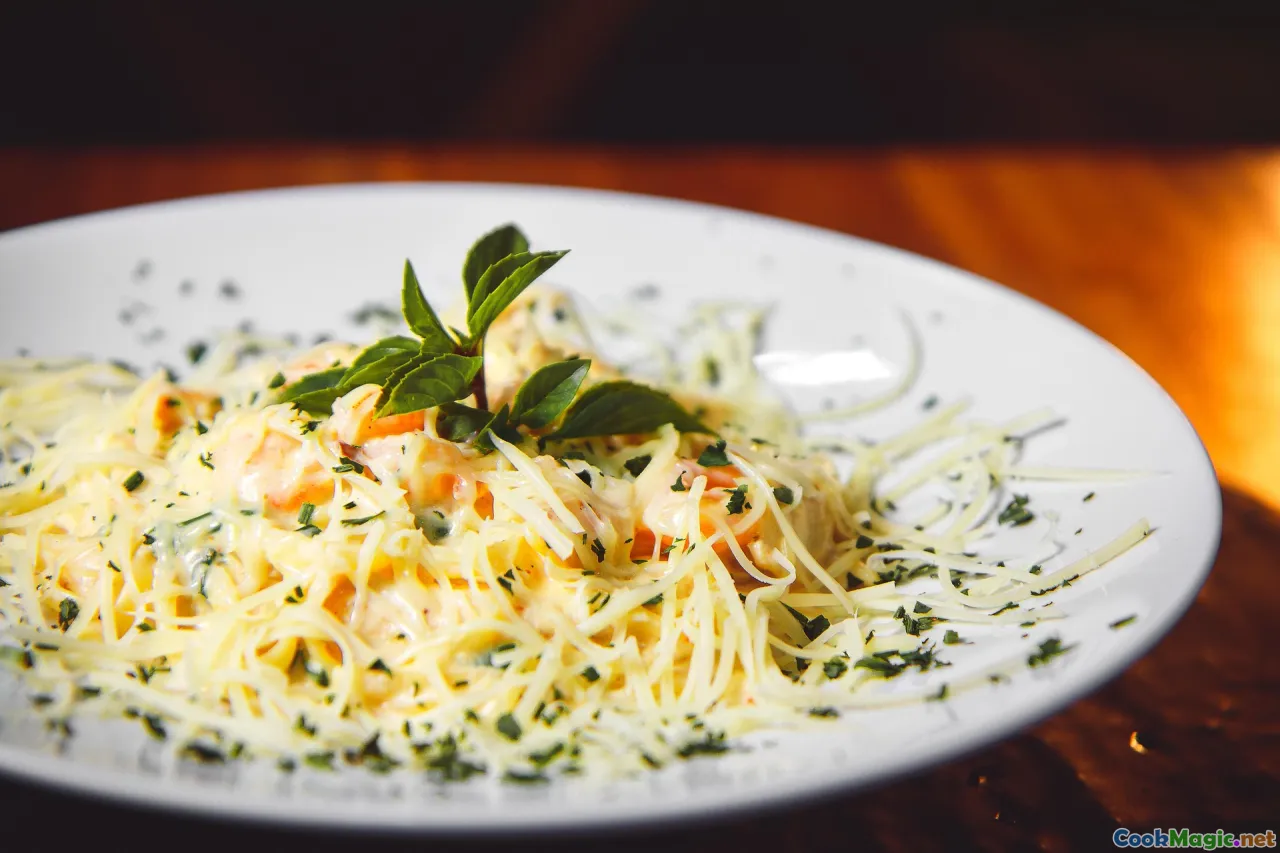Layering Techniques for Classic Polish Salads
10 min read Explore expert layering techniques that elevate the presentation and flavor of classic Polish salads, blending tradition with culinary craftsmanship. July 16, 2025 09:05
The Art of Layering: Unveiling the Charm of Classic Polish Salads
Polish cuisine, renowned for its hearty flavors and comforting textures, is a celebration of tradition and ingenuity. Central to this culinary heritage are the iconic salads that delight locals and visitors alike, from the tangy, earthy Sausage and Potato Salad (Sałatka z kiełbasą i ziemniakami)to the radiantBeetroot and Horseradish Salad (Sałatka buraczana z chrzanem). At the heart of these dishes lies a meticulous yet intuitive technique: layering. The artful stacking of ingredients not only elevates the visual appeal but also encapsulates complex flavor profiles, creating a multi-sensory dining experience.
Delving into the layering techniques for classic Polish salads provides insight into how centuries-old traditions are preserved and how culinary craftsmanship transforms simple ingredients into cultural treasures. Whether at festive Christmas tables in Kraków or humble family gatherings in small villages across Podkarpacie, mastering layering reinforces a deeper connection to Polish history, communal pride, and everyday comfort.
Let's explore the intricate world of layering techniques—starting with foundational principles, moving through specific examples, and finally sharing insights to bring authentic Polish salad craftsmanship into your own kitchen.
Foundations of Polish Salad Layering: Principles & Philosophy

Layering in Polish salads is more than an aesthetic choice; it is a philosophical approach rooted in the principles of balance, contrast, and harmony. Traditionally, Polish cooks emphasize that each layer should complement, contrast, or enhance the layers beneath it. The technique demands patience, precision, and an understanding of ingredient interactions.
The Role of Texture and Flavor Balance
Krepa, creamy mayonnaise, crisp cucumbers, and soft boiled potatoes come together in perfect harmony when layered thoughtfully. Every addition should build upon the previous one, creating a multi-dimensional taste experience. For example, a creamy layer of cottage cheese or mayonnaise serves as a smooth base that carries the flavors of dill, garlic, or pickled vegetables.
Visual and Sensory Considerations
Polish salads are as visually inviting as they are flavorful. Vibrant beets, bright pickles, and fresh vegetables are arrayed in precise, colorful strata, turning each spoonful into an artistic masterpiece. Texturally, the contrast between soft, crunchy, and tender ingredients elevates each bite.
Cultural Touchstones
In rural Polish villages, the layered salad is often a symbol of generosity and meticulousness, especially during Christmas and Easter. The layers are carefully assembled to express care, community, and tradition, often with family members supervising the process as a shared ritual.
Step-by-Step: Building a Classic Polish Salad Layer by Layer

Let’s take a real-world example—the popular Swabian-style Potato and Egg Salad (Sałatka ziemniaczana z jajkiem)—to break down the practical steps of layering.
1. Prepare the Base
Start by boiling potatoes until just tender—Creamy, fluffy, with a warm earthy aroma wafting through the kitchen. Once cooled, peel and slice them into uniform, half-moon shapes. Spread a light layer in your clean, transparent salad dish; this layer is the foundation.
2. Add a Layer of Protein or Eggs
Next, incorporate sliced boiled eggs, which add a mild richness and a subtly firm texture. For visual appeal, alternate egg slices with the potato layer, ensuring even coverage.
3. Introduce Pickled Elements
Layer in finely chopped dill pickles or gherkins for a hint of acidity and crunch. Their vibrant green color and sharp taste brighten the dish, creating contrast with the creamy potatoes.
4. Incorporate Fresh Herbs and Vegetables
Sprinkle finely chopped fresh dill and scallions—aromatic and vibrant. Add thinly sliced radishes if desired, for spicy bite and crisp texture.
5. Finish with a Mayonnaise or Sour Cream Layer
Gently spread a thin layer of homemade mayonnaise or sour cream over the previous layer, sealing in flavors while adding creaminess. For a traditional touch, sometimes a dash of lemon juice or vinegar can lift the whole composition.
6. Repeat and Top with Garnishes
Repeat the layering process until you reach the rim of the dish. Finish with a decorative garnish—perhaps a sprig of dill, paprika, or thin lemon slices—making the salad both appealing and evocative of Polish festive tables.
The Reveal
Once served, the beauty of layered Polish salads reveals itself through slicing—each piece showing a cross-section of bold, colorful layers, inviting eager forks and nostalgic memories.
Variations & Artistic Flair: Playing with Layering in Polish Salads

While traditional layering emphasizes simplicity and balance, contemporary chefs often infuse personal flair, turning these salads into edible art.
Colorful Contrasts
Utilize ingredients such as roasted red peppers or avocado for dynamic color contrasts that layer seamlessly into a classic setup.
Textural Twists
Think beyond soft layers—add crunch with toasted walnuts, crispy bacon bits, or thinly sliced apples for variation.
Themed Layers for Festive Settings
During Christmas or Easter, serve salads with thematic embellishments: a ring of hard-boiled eggs shaped into a cross, or a mosaic of beetroot and horseradish for Easter’s vibrant symbolism.
Tips & Tricks for Perfectly Layered Polish Salads

- Use Transparent Dishes: Glass bowls or cake stands showcase the layered artistry, heightening anticipation.
- Uniform Ingredient Slicing: Consistency in thickness ensures even layers and a professional appearance.
- Chill Before Serving: Let the assembled salad rest for at least 30 minutes in the fridge. This allows flavors to meld and the layers to settle.
- Adjust Liquids Wisely: Too much mayonnaise or sour cream can cause the layers to slide. Spread gently and evenly.
- Experiment with Leading Flavors: Incorporate zest and herbs softly—dill, chives, horseradish—that evoke Polish warmth.
Personal Reflections and Traditional Significance
As someone deeply passionate about Polish pastry, I’ve always been enchanted by how these salads embody community and the passing down of culinary stories. During my visits to Kraków, breaking these layered creations with family captured the essence of hospitality—each layer a chapter of history, love, and nostalgia.
From the lush, jewel-toned Beetroot Salad at a family Christmas to the simple yet elegant Tomato and Egg salad served after church service, layering is the silent language connecting generations, regions, and celebrations across Poland.
By embracing these techniques, home cooks and professional chefs alike can honor this vibrant culinary heritage, crafting dishes that are as meaningful as they are delicious.
Whether you're recreating a Polish Easter table or elevating everyday meals with visual splendor, mastering layering techniques can redefine your approach to salads. In each carefully stacked serving, there's a story—a celebration of tradition, creativity, and the unending richness of Polish cuisine.









